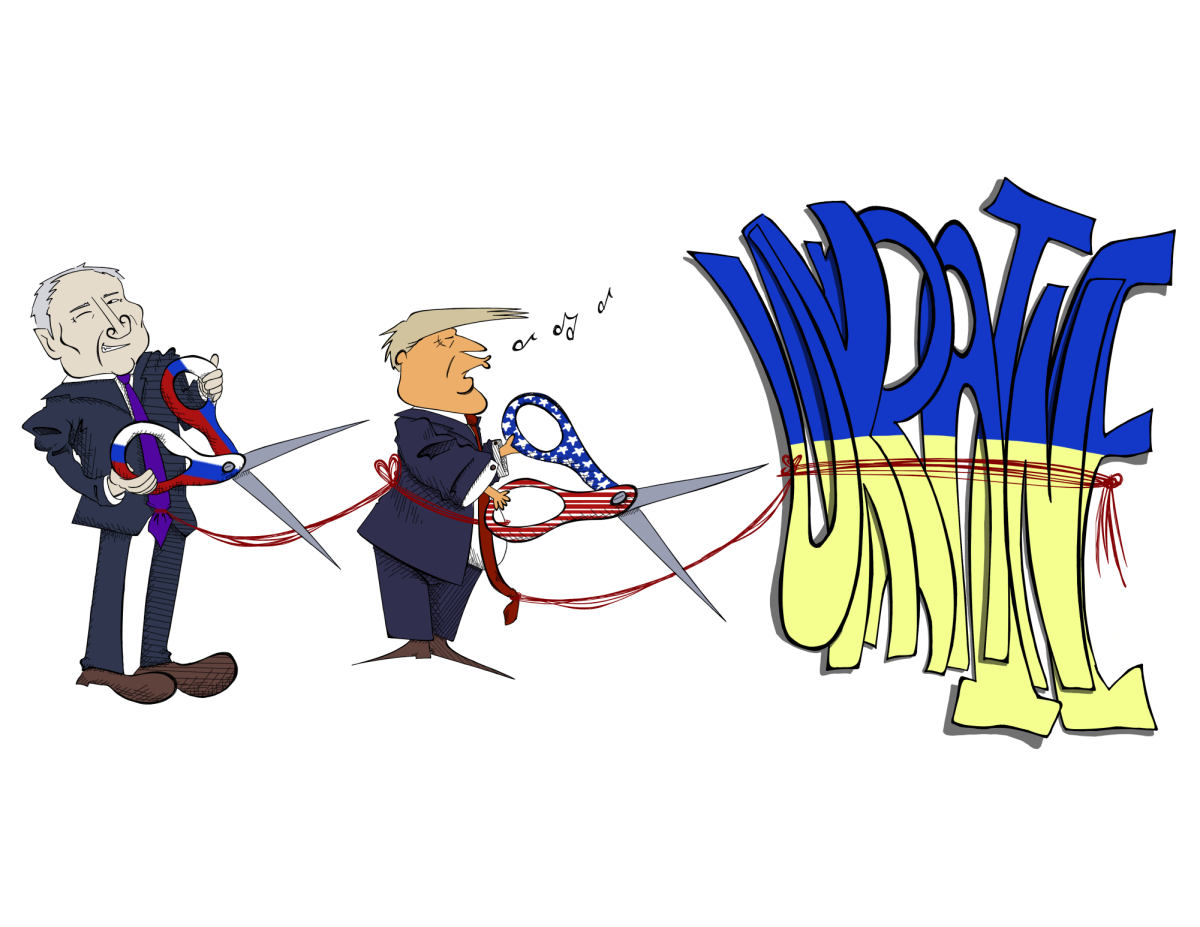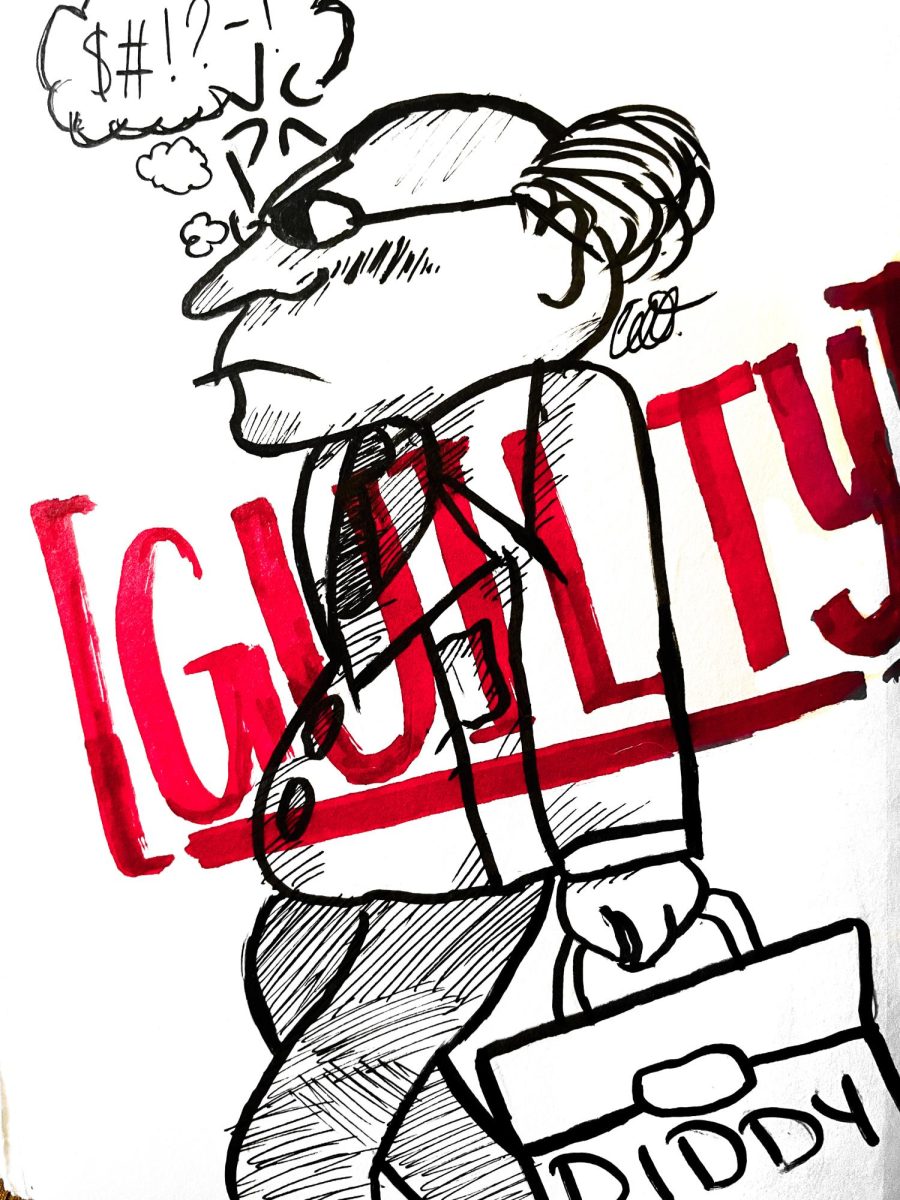The instructor-initiated drop policy allows faculty to drop students who exceed the absence or missed assignment limit in their classes. Some students find this practice unfair, while others believe it is a requirement for students to participate in their education by attending class. This point-counterpoint explores the two perspectives of the issue.
A new policy found its way into many UTSA students’ syllabi this fall semester—the instructor-initiated drop. We students have ample reason to gripe over inconvenient policies, but the instructor-initiated drop is not one of them.
Behind every rule, there is reason. A problem faced our instructors; students failed courses they should have withdrawn from. Whether one is overwhelmed by new subject matter or struck by tragedy, students with a potential F on their transcript would be better off with an instructor-initiated W.
The argument for the drop can be as simple as that, but of course there is more.
What are the consequences for not having the drop? It depends on who you ask. I’ll reveal my past foolishness and admit that I am guilty of taking an F over a W. My mistake has no justification, I registered for a Spanish course and discovered how little I retained from my high school courses. I gave the class some effort, but eventually I stopped going. Now, I’m paying for it.
An F doesn’t go away. Sure, you may pay to retake the same course when it’s available again, but even after all that effort, you’ll notice on your full transcript the poor mark you retook is still in full view. Lingering poor marks aren’t received favorably no matter your GPA; recovering is an uphill battle. Addendums, advisory visits and an urgency to raise one’s marks lie ahead for anyone who wishes to keep options open. Internships, scholarships, graduate school, law school and others are at stake and it all can be avoided with the instructor-initiated drop. I know firsthand.
If you ask a professor what the consequences are, you’ll receive a different answer. No professor enjoys dropping a student, because no matter how insufferable some students may be, any drop, withdrawal or fail counts against an instructor’s DFW rate.
A professor’s performance is measured by the university in a variety of ways. There are the student course evaluations we all ignore (unless rewarded with extra credit) and there is also a measure of how many students dropped, withdrew or failed a professor’s course (the DFW rate).
This measurement is one indicator of a professor’s success, but if a student is failing due to lack of attendance rather than from poor teaching practices, one can anticipate skewed results. Therefore, the punitive actions that follow are unfounded.
The new policy can reconcile university wide issues with student success. An instructor-initiated drop can serve as a viable substitute to the “weed out” strategies professors use to ensure they have meaningful participation once the semester is underway. Instead of scaring inept students away with a strenuous opening to the semester, professor’s may drop those students who won’t attend class until it’s too late. The students’ time and the professor’s time won’t be wasted, leaving both parties better off.
More importantly, the instructor-initiated drop may boost what UTSA lacks most—a high graduation rate. My F is a burden I must bear, and for many, it’s burdensome enough to make a student drop out of school altogether. Law school, medical school, graduate degrees and other opportunities are much farther from reach with every F accumulated. When hope for more is stripped away, so can the will to continue a pursuit of higher education.
Any measure to prevent students from suffering the consequences of a failing grade is welcome in my opinion. I certainly would have benefitted, and I know I’m not alone.












